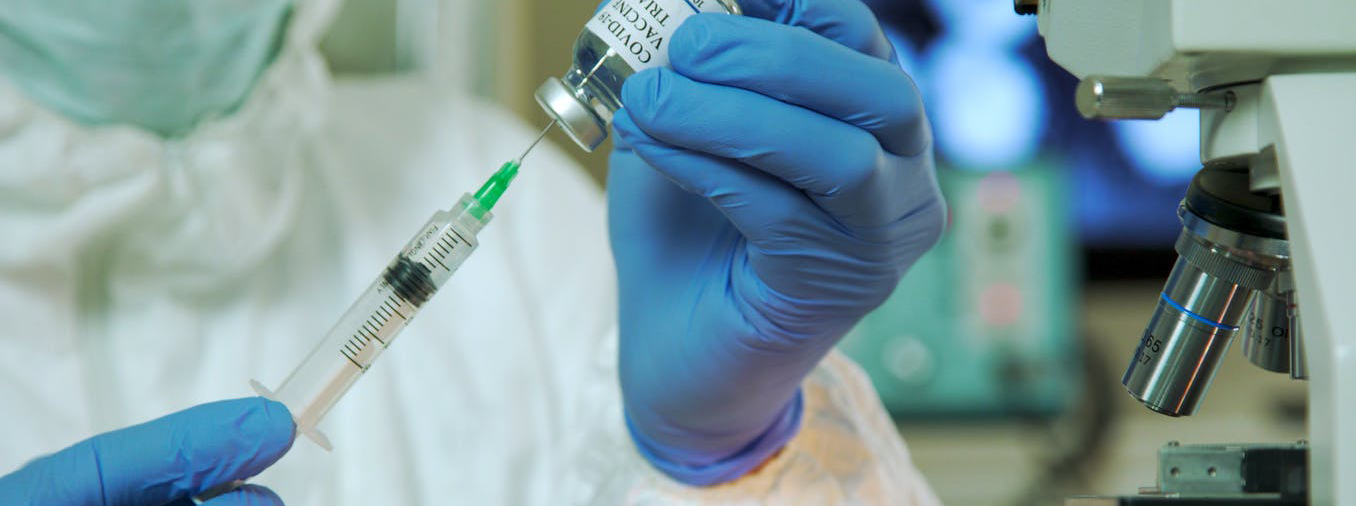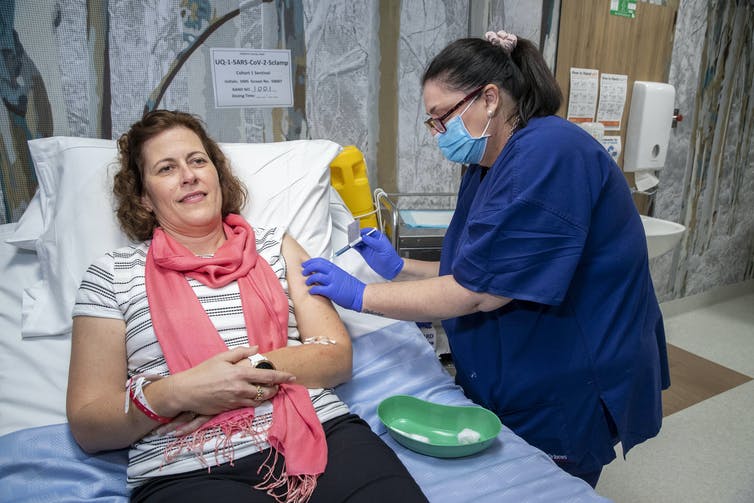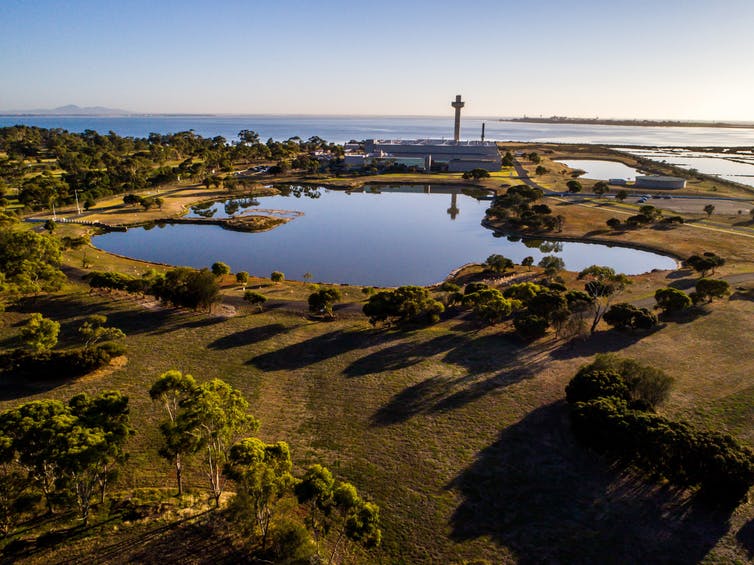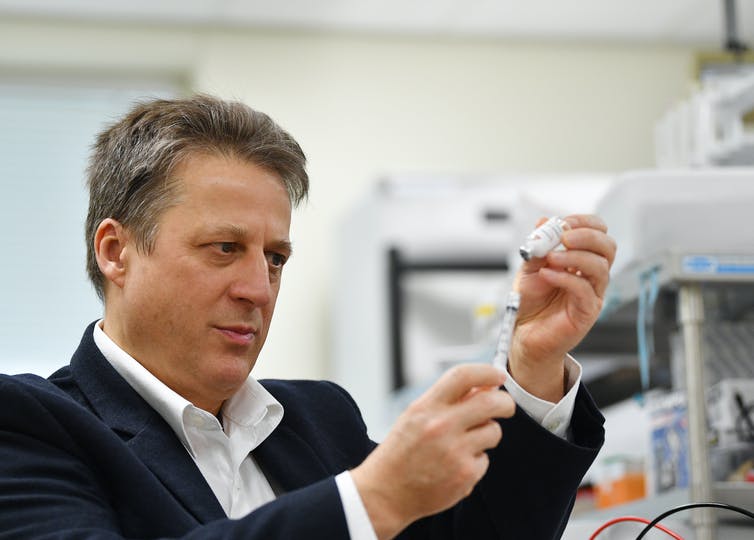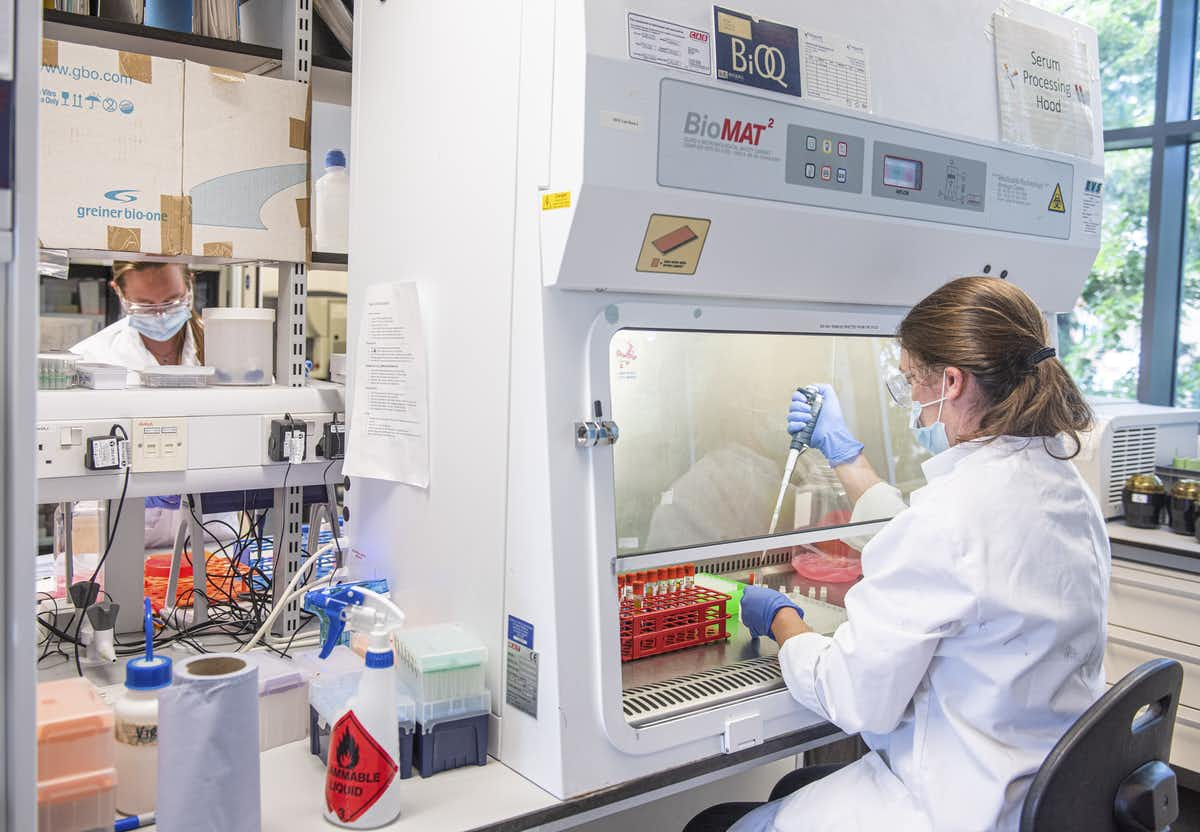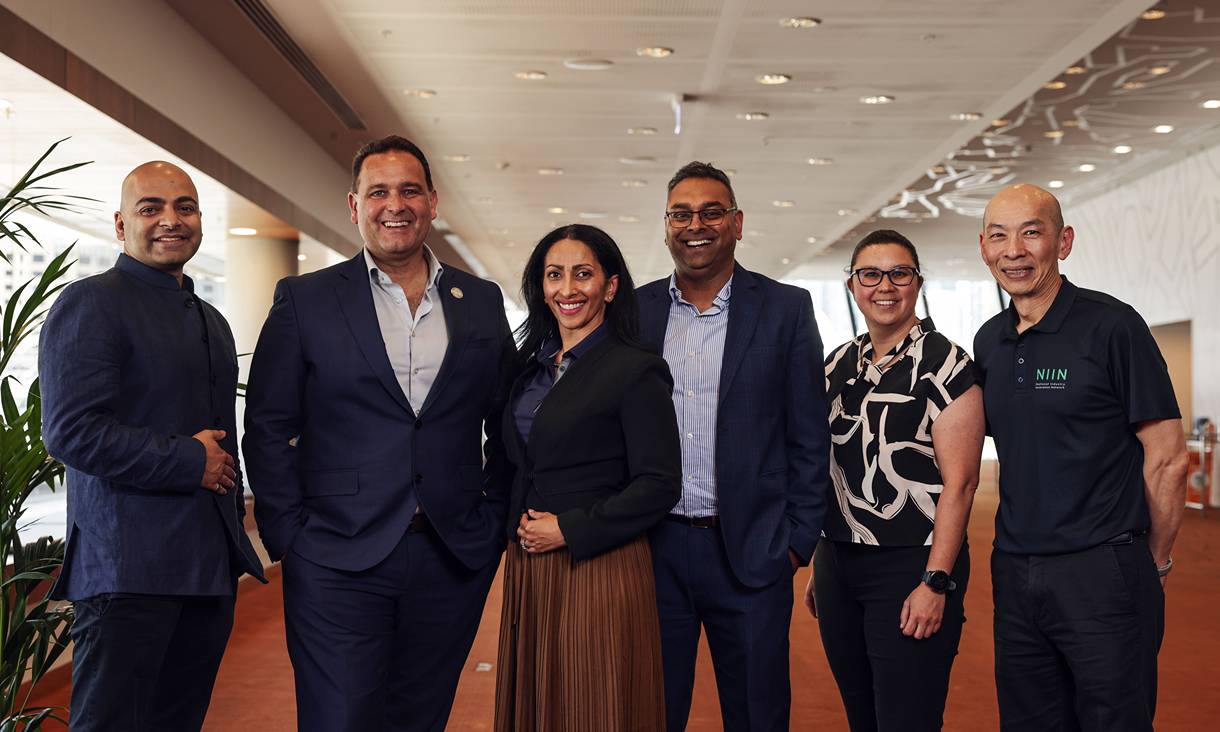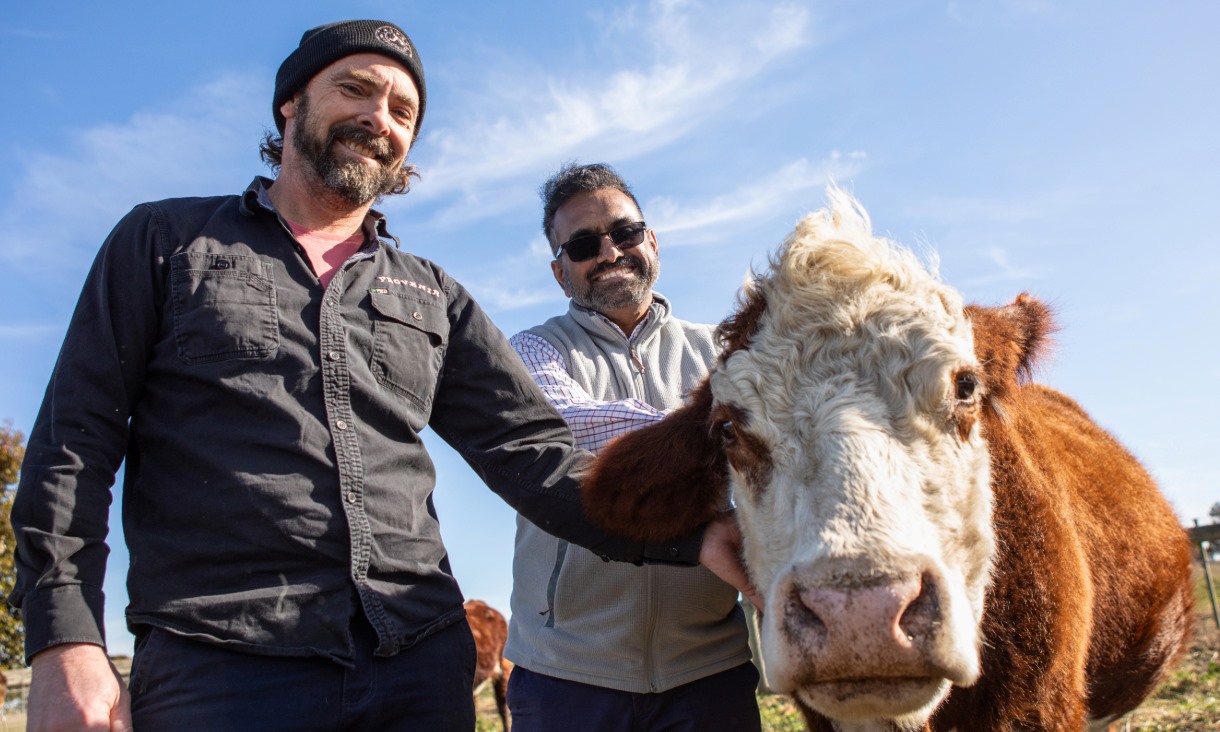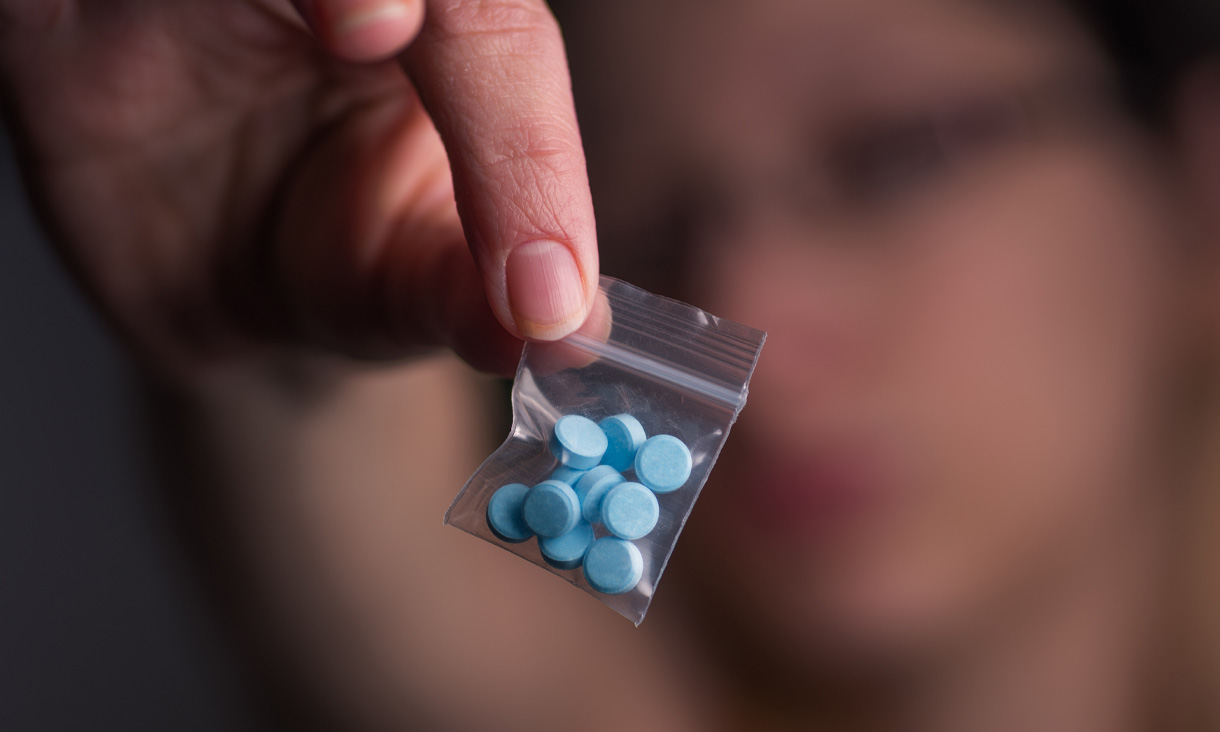There are now more than 140 vaccines being tested around the world, according to the World Health Organisation.
Australian researchers are leading several major clinical trials that might help bring an end to the deadly disease.
We asked the lead investigators of trials around Australia to tell us about their vaccines: when the trials are being held, how they work, and how they might kill or impede the SARS-CoV-2 coronavirus.
What you need to know
Dr Kylie Quinn, RMIT University
Vaccine development normally progresses through a series of steps that enable researchers to collect all the data needed to approve a vaccine for the clinic. Initially, vaccines are tested in the lab, using cells in culture and animals that mimic human disease, to determine whether the vaccine is safe and worth developing further.
Promising vaccines are then evaluated in clinical trials with human volunteers, where researchers ask:
Is the vaccine safe, and what dose should be used? (Phase 1)
Can the vaccine generate an immune response? (Phase 2)
Can the vaccine protect from infection or disease? (Phase 3)
With SARS-CoV-2, researchers are speeding up this process by running one trial while simultaneously recruiting for the next phase. This uses lessons learnt during the Ebola epidemic, when a vaccine was developed in a record time of just five years.
Despite this acceleration, many researchers’ best guess is that it will be at least early 2021 before a vaccine might be approved (and the next challenge is to manufacture enough of it). This may seem like a long time, but it is lightning-fast for a vaccine.
But it isn’t a sure thing yet. One concern is that when people recover from infection with other human coronaviruses, immunity can wane relatively quickly. It seems vaccines will have to do much better than this “natural immunity”.
Fortunately, early data from human trials suggests vaccines can generate stronger responses than natural immunity. Our next questions are: how long will these responses last, and will they protect us?
The waiting game continues.
Here are some of the leading vaccine candidates so far:
‘Molecular clamp’ vaccine (University of Queensland)
Professor Paul Young, University of Queensland
The University of Queensland team began developing a vaccine against COVID-19 on January 10 – the day the genetic sequence of the SARS-CoV-2 virus was first made public.
We didn’t need access to the virus itself, just details of its genetic sequence, from which we identified the gene that encodes the “spike protein” used by the virus to infect human cells.
Read more: Revealed: the protein 'spike' that lets the 2019-nCoV coronavirus pierce and invade human cells
As part of our rapid response vaccine program we were able to engineer this protein to include the “molecular clamp”, a UQ technology that is designed to hold the protein in the form that appears on the surface of the virus, with the aim to make a better vaccine by design.
This clamped version of the spike protein can then be manufactured using established methods from the biotechnology industry.
We also think this is a potential advantage of our platform: while it takes slightly longer to get out of the blocks, the path for mass production exists with existing global expertise and infrastructure.
The manufactured protein is also combined with an adjuvant – an ingredient that helps stimulate a stronger immune response, enabling efficient protection from the virus.
We are using technology from CSL/Seqiris which is used in vaccines for influenza and has an excellent track record of patient safety.
We have spent the past few months carrying out crucial preclinical work in animals, confirming the vaccine induces this strong immune response, is safe, and is able to protect animals from challenge with the live virus.
We have also been developing the processes for manufacturing the vaccine at large scale with our commercial partner CSL.
Now these studies have been carried out successfully, we have begun clinical trials in humans. The phase 1 trial began on July 13 with volunteers receiving the first dose. The trial will involve a total of 120 volunteers.
We will monitor safety and immune responses in these individuals and should have preliminary data in the few months.
If this first trial is successful, the next phase of clinical trials will be conducted over the remainder of 2020 and early 2021 to determine how effective the vaccine is at preventing virus infection.
